A person’s death has always represented an important moment in any human community since the origins of civilization. For this reason, funeral rites have always existed to celebrate this transition. These rituals change over time, and depending on geographical location, civil and religious costumes of the community that celebrates them.
Generally in the Western world, death is considered a negative event, which damages the dead and those close to them. Only the fact that death comes as we approach the deity, or because it’s the passage to get to a heavenly world, is sees as a consolation.
The funeral is the religious rite we know. It derives its name from Latin ‘funus’, a term that recalls the act of lowering a body in the pit using ropes. Family and friends take part in it, with a priest conducting the celebration.
Prehistoric men probably had a rudimentary way to celebrate the death, but it’s thanks to the great civilizations of the past that we can find funeral rituals similar to ours.
Leaving aside the Egyptian civilization, deeply imprinted on the idea of death and materiality of earthly life, the necessity that the body in order to reborn, let’s analyze funerals in ancient Greece, which are closer to our tradition. In the Greek world, great importance was given to the funeral ritual as an act to accompany the deceased on a journey to the afterlife. It was the duty of friends and relatives to make sure that the dead received the right rites, otherwise the spirit would be condemned to wander for eternity. Falling into battle without burial or otherwise not being able to receive such rites was considered to be the worst destiny for the Greeks.
The body was washed and covered with a shawl, then exposed so that friends and acquaintances could greet it. The funeral parade was accompanied by songs, prayers, and sacrifices. The body was finally buried in a wooden or terracotta coffin, or cremated, and the ashes collected in an urn.
Even in ancient Rome there were funeral traditions, and professionals were called to prepare the rituals in the best possible way.
Even in this case there was a procession of mimes, dancers, musicians, and professional lamenters following the body. After that, a party was attended by friends and relatives. Cremation was the most common option. Ashes were collected in an urn and placed in a collective grave.
These rituals are, in many respects, comparable to the modern ones. Today more than ever funeral rituals depend on culture, religion, and personal choices of the deceased and their families.

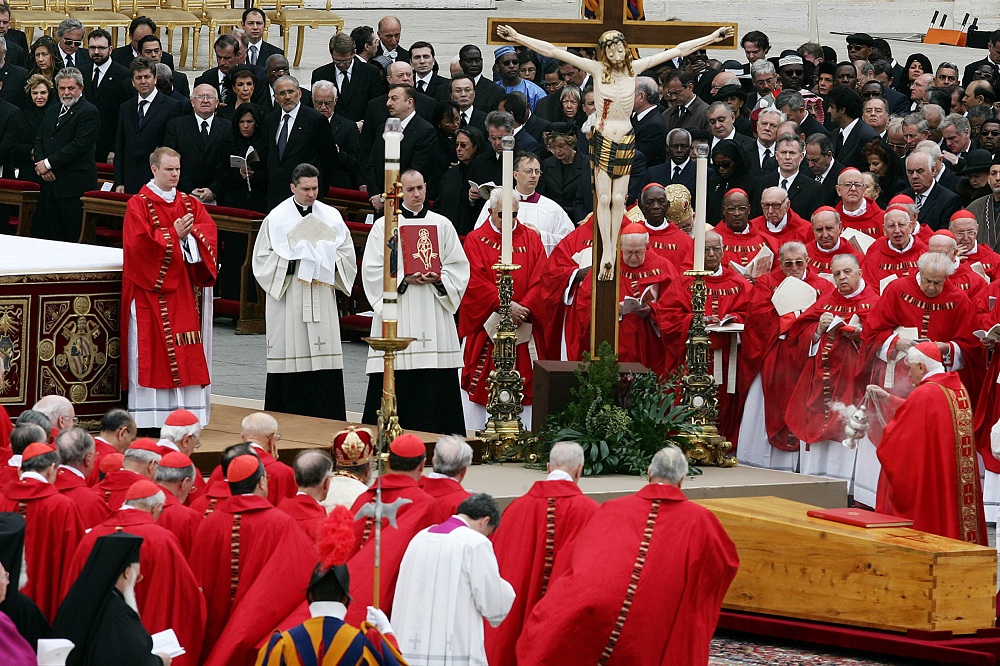




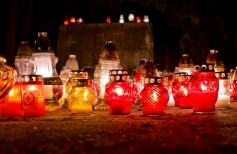
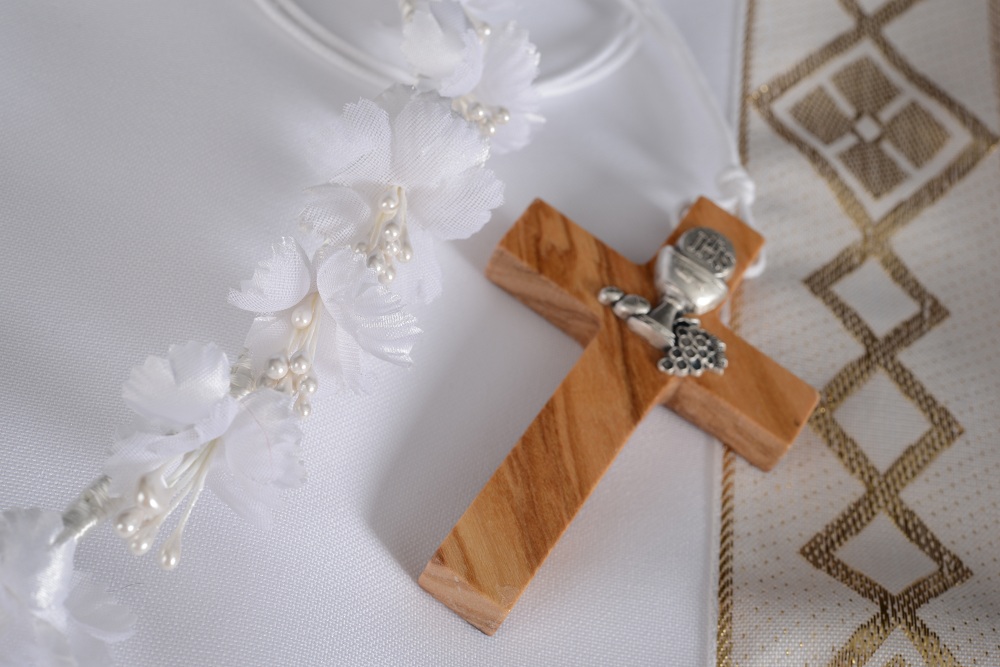

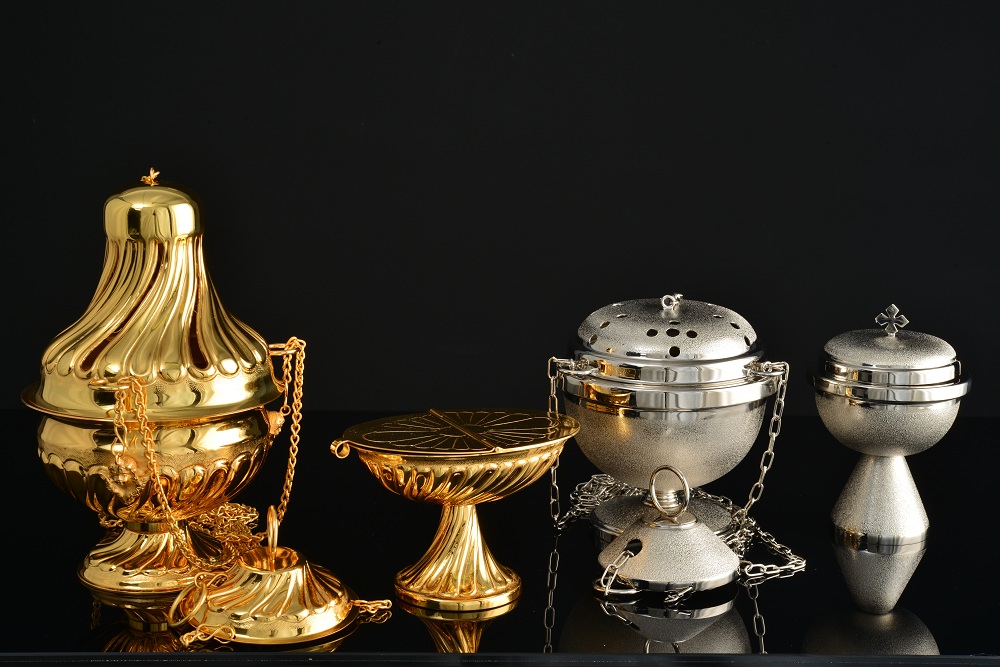
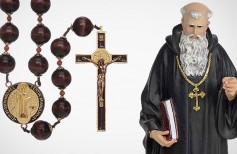








 19 March 2025
19 March 2025






